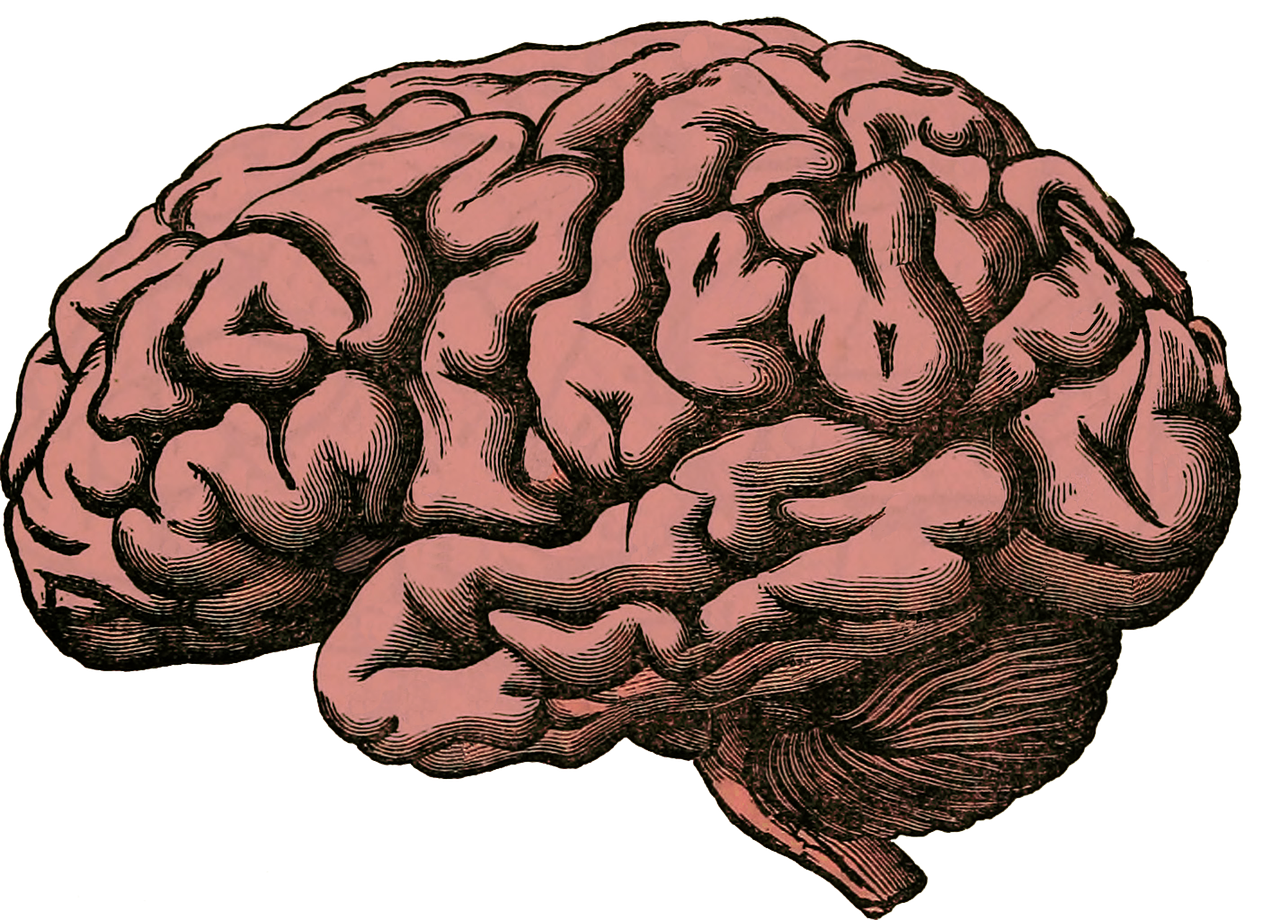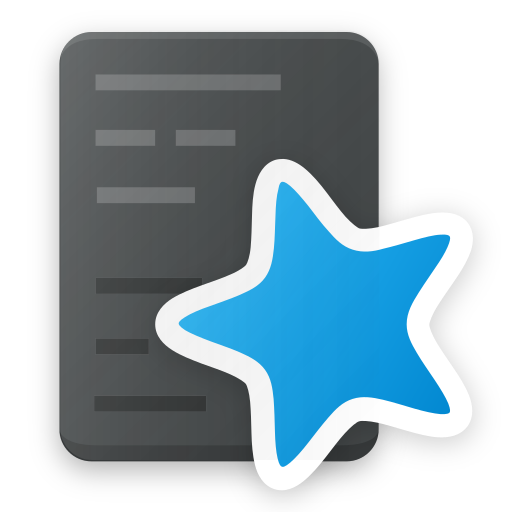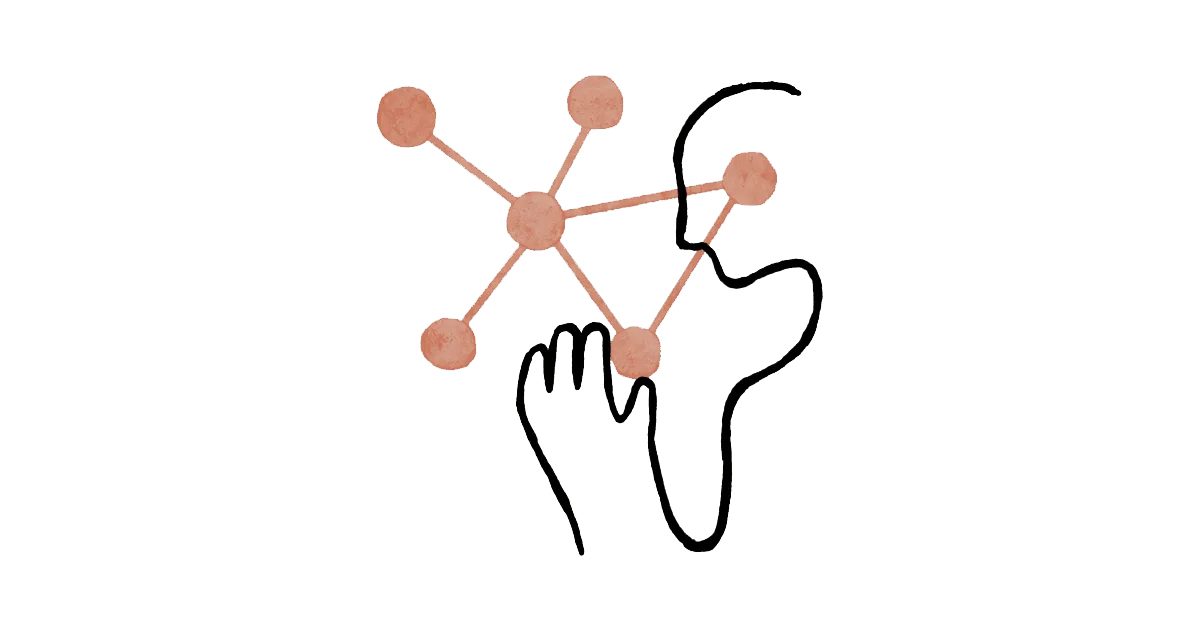Wordsmithing: tools to enhance verbal fluency

Table of Contents
•The fluent brain
•Hallmarks of fluency
•Vocabulary breadth
•Flashcards
•Enter Anki
•AGI and Anki
•Prompts
•Consistency is the key
•Last but not least: Self-evaluation
•Conclusion
The fluent brain
Verbal fluency refers to the ability to generate spoken or written words fluently within certain constraints. It is a type of spontaneous language production that provides a window into other cognitive abilities like semantic memory, lexical retrieval, and executive function. The ability to perform verbal fluency tasks depends on the coordinated activity of several brain regions, including the prefrontal cortex, anterior cingulate cortex, and temporal and parietal lobes.
The prefrontal cortex, particularly the left dorsolateral prefrontal cortex (DLPFC), is thought to play a crucial role in the initiation and organization of verbal fluency tasks. The DLPFC is involved in generating and maintaining goal-directed behavior and is critical for the initiation and execution of complex cognitive tasks. It has been shown to be activated during phonemic fluency tasks, where participants are asked to generate as many words as possible that begin with a specific letter or sound. Lesions to the DLPFC have been shown to impair verbal fluency performance, highlighting the importance of this region in the cognitive processes underlying verbal fluency.

The anterior cingulate cortex (ACC) is also involved in verbal fluency tasks. The ACC is thought to play a role in monitoring and processing information related to task performance, as well as in regulating attention and cognitive control. It has been shown to be activated during both phonemic and semantic fluency tasks, and its activation has been associated with successful performance on these tasks. The ACC is also thought to be involved in the processing of emotional information, and it has been suggested that its activation during verbal fluency tasks may reflect the emotional aspects of task performance.
The temporal and parietal lobes are also involved in verbal fluency tasks, particularly in semantic fluency tasks. The temporal lobes are involved in the retrieval and processing of semantic information, while the parietal lobes are involved in the manipulation and integration of this information. Lesions to the temporal and parietal lobes have been shown to impair semantic fluency performance, highlighting the importance of these regions in the cognitive processes underlying semantic fluency.
Hallmarks of fluency
Several qualities and abilities are important for developing strong verbal fluency:
- Vocabulary breadth: Having a large vocabulary provides more options to access during word generation, supporting fluent production. Building vocabulary through reading and learning word lists can enhance verbal fluency.
- Semantic knowledge: Rich semantic representations about words, concepts, and categories give a person more material to draw from. Learning about word meanings, attributes, categories, and associations between words helps strengthen semantic fluency.
- Lexical retrieval: Being able to rapidly and efficiently access phonological and orthographic information about words in the mental lexicon aids phonemic fluency. Practice with word-finding tasks, rhyming, or listing words from initial letters improves retrieval.
- Cognitive flexibility: The ability to fluently switch between different subcategories, semantic associations, and search strategies allows for broader exploration of the target category or letter. Exercises that require shifting perspectives or generating words in different ways can boost flexibility.
- Inhibition: Success in phonemic and semantic fluency tasks also depends on inhibiting repetitions. The person must have strong inhibitory control to avoid re-stating words that were already produced. Tasks that require stopping habitual responses can help improve inhibition.
Vocabulary breadth
In this article, we will focus primarily on expanding one’s vocabulary breadth to enhance verbal fluency. Vocabulary breadth refers to the size and diversity of a person’s vocabulary. Having a large store of word knowledge provides more semantic and lexical options to access during language tasks, supporting more varied and fluent word production. Expanding vocabulary breadth involves learning new words and their meanings, synonyms, shades of meaning, and proper usage over time through reading, study, and practice. While a broad, deep vocabulary is not sufficient on its own for strong verbal fluency, it provides the essential raw material that makes fluent expression possible. With a vast mental lexicon to draw from, one has a wealth of words and meanings at the ready to deploy when communicating. However, vocabulary growth must be balanced with strategies to facilitate access and monitoring of one’s knowledge. The ability to flexibly retrieve and apply words and link them to semantic concepts also depends on cognitive and metacognitive skills that can be strengthened through practice.

Flashcards
Flashcards are a simple yet effective technique for learning and retaining new words, synonyms, and antonyms to expand one’s vocabulary breadth. Flashcards typically involve physical or digital cards that contain a new word, its pronunciation, part of speech, and definition on one side, with the synonym, antonym or related word on the other side. They work by exposing the learner to the new word or concept repeatedly through an active process of retrieval and review. The efficacy of flashcards for vocabulary building stems from two key principles of learning: frequency and spaced repetition. Showing the learner a new word or concept multiple times in spaced intervals, rather than massed together, significantly improves the likelihood it will be retained in memory. Flashcards readily facilitate this type of repetitive exposure and spacing. The learner reviews a subset of flashcards in each session, with the interval between reviews of individual cards gradually increasing as the knowledge becomes more familiar. Flashcards also tap into the testing effect. Having to actively retrieve information, as opposed to just re-reading it, strengthens the memory and connections formed between the new word and its attributes or meanings. Flashcards prompt the learner to recall the term, definition, usage examples or related words on the opposite side, reinforcing these links in memory through retrieval practice each time the card is viewed. In addition, flashcards provide retrieval cues in the form of the information on one side of the card that help the learner recall the target word or concept on the other side. These retrieval cues aid the recall process, particularly early in learning. Over multiple repetitions, the learner comes to associate the cue with the target, forging connections that ultimately allow one side of the card to instantly bring the other side to mind.

Enter Anki
In our previous section, we explored how physical flashcards leverage cognitive principles of learning to facilitate vocabulary growth by optimizing frequency of exposure, spacing, retrieval practice, and cueing. However, traditional flashcards also require an ongoing time commitment to manually manage presentation intervals and track progress. Fortunately, digital flashcard solutions have automated many of these time-intensive processes while retaining the psychological benefits of the technique. Anki, an open-source digital flashcard app, provides a powerful yet pragmatic tool for actively building vocabulary and fluency through flashcards optimized for the demands of human memory. Anki employs artificial intelligence to determine optimal spacing between individual card reviews based on a learner’s accuracy and response times. It extends intervals over successive reviews as memory for a word becomes increasingly cemented, while simultaneously re-showing cards that prove more challenging to recall to maximize retention. Anki algorithms do the tedious work of managing ideal spacing, allowing learners to focus on the content of their flashcards. Anki also generates detailed statistics on card performance to provide feedback on learning progress. Learners can see the specific cards that are most and least recalled to adjust study accordingly. Performance matrices over time demonstrate the durability of memory for new words, ensuring that active recall—and fluent access—is truly achieved before moving on. Such data enables the strategic fine-tuning of study for maximal gains. With customizable decks, multimedia support, progress graphs and the option of synchronizing progress across devices, Anki supplies a robust yet versatile platform for flashcard learning. The specialized spacing models and analytical feedback place an empirically-grounded technique for building fluency into overdrive. Anki transforms a pragmatic and time-honored method into a high-performance vehicle for mastery.
AGI and Anki
Artificial general intelligence (AGI) can assist us in efficiently generating and importing flashcards into Anki to expand our vocabulary breadth. I will demonstrate using Claude+ here, though other AGI systems like ChatGPT could also be employed for this purpose. Anki allows for importing lists of flashcards from comma-separated values (CSV) files. As a first step, we will use Claude+ to automatically generate synonym and antonym lists in CSV format. We will then import these lists directly into Anki to create digital flashcards for learning. To get started, first visit the official Anki website at https://apps.ankiweb.net/ and download the free flashcard app. Install Anki on your desktop or mobile device. The interface is simple but highly customizable to suit your needs.

Prompts
The following is the prompt I use for generating CSV lists of words and synonims:
“Write a list of 30 English words. Based on those, I want you to prepare for me a set of flashcards for ANKI.
Write me, in the following CSV format, first the word you selected, then the semicolon (;) and then a series of 5 synonyms separated by the comma (,).
When you write me the list of words check that you have not suggested them before. They must always be new.”
Now, Claude+ will send you a message like this:
Zealous;Eager,Passionate,fervent,Fanatical,Enthusiastic
Voracious;Ravenous,Famished, Starving, Gluttonous, Insatiable
Indolent;Idle, lazy, slothful, inactive, inert
Pragmatic; practical, realistic, useful, matter-of-fact, sensible
Superfluous; unnecessary, excess, redundant, overabundant,lavish
Acrimonious; resentful, angry, hostile, antagonistic, caustic
Enigma; mystery, riddle, puzzle, paradox, conundrum
Gregarious;sociable, extroverted, convivial, affable, companionable
Vex; annoy, provoke, frustrate, irritate, aggravate
Maladroit; clumsy, awkward, inept, unskillful, bungling
Wistful;yearning, longing, pining, melancholy, regretful
Conundrum; puzzle, enigma, riddle, paradox, problem
Aplomb; poise, self-confidence, presence of mind, composure, levelheadedness
Zeitgeist;spirit of the age or time, mood of a culture or era, prevailing culture or attitudes
Malapropism; verbal blunder, slip of the tongue, error, faux pas, gaffe
Panacea; solution to all problems, cure-all, remedy for any difficulty
Eschew; avoid, abstain from, give up, renounce, forgo
Verdant; green, lush, flourishing, fertile, emergent
Excoriate;criticize bitterly, berate, censure, reprimand, rebuke harshly
Obsequious; fawning, groveling, subservient, ingratiating, sycophantic
Tergiversation desertion, abandonment of cause, apostasy, backsliding, change of loyalty
Pulchritudinous; beautiful, attractive, lovely, pretty, fair
Martinet;strict disciplinarian, rigid enforcer of rules, authoritarian, despot, tyrant
Philanderer;flirt, Don Juan, Casanova, seducer, playboy, ladies’ man
Nefarious;wicked, evil, corrupt, sinister, villainous
Emollient;soothing, calming, mollifying , reassuring, comforting
Contumacious; stubbornly disobedient, rebellious, defiant, ungovernable, intractable
Risible; laughable, amusing, funny, comical, hilarious
Malingerer; shirker, deceiver, pretender, feigner, slacker
You just copy the list in notepad and save the file as .csv
Keep asking Claude+ to generate new words, until you have a decent number of entries. Now open Anki. Create a new deck by clicking on “Create Deck.” Give it a name. Now click on “file” and then “Import,” and select the CSV file. In the settings put: Field Separator: Semicolon Notetype:Basic Deck:The deck you created
Then click Import in the upper right-hand corner. You have created your study deck. Click on it, and then on Study Now.
Each time an Anki flashcard appears, we will verbally list aloud as many synonyms for the target word as come to mind. Once we can recall no additional synonyms, click “Show Answer” to display the list of synonyms provided for that word. Review the synonyms shown to determine if any were omitted from what we recalled aloud.
For any synonyms not recalled, make a note of each one missed. Then verbally state three sentences that use each of those omitted synonyms in context. Doing so helps to strengthen the connection between the synonym and its meaning, usage, and relation to the original target word. Repeat this process of generating sentences for each synonym not recalled during the initial test for that flashcard.
Once sentences have been stated aloud for all synonyms omitted from the initial test, proceed forward to the next flashcard in the Anki deck and repeat the process. Verbally list as many synonyms as possible, check those not recalled and generate sentences for each, then move ahead to the next word.
This technique leverages both active recall of the synonyms associated with each target word as well as production of original sentences to cement in memory any synonyms that prove more challenging to remember. Simply viewing a list of synonyms is more passive than this process of prompted retrieval and contextual usage. Sentence generation requires applying knowledge of a synonym’s meaning and relationships, forging connections that strengthen memory.
While this approach increases the time spent on each flashcard, it employs empirically-validated methods for learning and long-term retention. The investment of effort at the stage of first exposure and initial testing pays dividends through more fluent, durable recall of each word’s web of synonyms in the future. The sentences created also become examples we can draw from when using each word and its synonyms in speech or writing, giving context that anchors them in our memory.
Consistency is the key
To gain the benefits of an expanded vocabulary and enhanced verbal fluency, consistent practice with Anki flashcards is essential. Optimally, spend at least 30 minutes each day reviewing flashcards and engaging in the active recall, feedback, and sentence generation techniques described previously. Developing a regular study schedule and sticking to it helps to cement productive habits that will propel progress over the long-term. During each 30-minute review session, aim to complete flashcards for 10 to 20 new words or concepts as well as practice recalling known words. The specific number covered will vary based on the complexity of each word or concept, your learning goals, and time constraints. However, keeping practice frequent and distributed over days and weeks is more valuable for retention than lengthy but sporadic bursts of study. 30 minutes a day may seem a modest amount, but amounts to over 3 hours per week and 150 hours over a year. While the time commitment remains light, the compounded gains in knowledge and fluency over weeks and months of regular practice are profound. Vocabulary building is a continuous process where small increments cultivated daily yield substantial results.
Last but not least: Self-evaluation
Self-assessment through consistent testing is critical to gaining insight into your progress, identifying weaknesses, and ensuring continual improvement and growth. Simply practicing a skill or acquiring knowledge is insufficient without concrete measures of advancement and mechanisms for accountability. Tests provide objective benchmarks to anchor subjective perceptions of your abilities and development. Placing your abilities and knowledge under regular scrutiny highlights both areas of mastery as well as those still in need of refinement. Scores and recordings over time offer reference points to chart the efficacy of your learning and practice strategies. You gain data-driven guidance for optimizing effort and overcoming obstacles or plateaus. To evaluate progress in developing verbal fluency, implement a weekly practice test. Here is a step-by-step process for conducting and scoring the test:
- Select a letter of the alphabet at random to use as the initial letter forwords in the test. For example, draw a letter tile from a bag or roll a die labeled with the letters A through F. The letter that comes up will be the constraint for words generated in that week’s test.
- Set a timer for 60 seconds. Once the timer begins, name aloud as many words beginning with the selected initial letter as possible before the timer expires. Only state actual words, not proper nouns.
- Record the number of words generated within the 60-second time period. This represents your word fluency score for that week.
- Note any “clusters” of related words or categories you generated during the test. Repeat these clusters when practicing to expand your recall in that semantic area. Identifying clusters shows how your mind links words and the paths used for retrieval. With practice, clustering becomes more fluent.
- Compare your score from week to week to determine improvement over time. Aim for generating at least 5 to 10 more words each week to signify measurable progress. An increase demonstrates expanding vocabulary, strengthening semantic connections, and improving speed of word retrieval - all hallmarks of greater fluency.
- Note the time it takes to exhaust your word production within the 60 seconds. As your fluency improves over weeks, you should require more of the allotted time period to complete the test as your store of words for the selected letter steadily grows. Needing the full 60 seconds to continue generating words without significant pausing shows increasing fluency.
- Periodically re-test with letters completed in previous weeks to determine retention and further gains. Scores should continue to increase with practice as additional words and semantic links are acquired. Review recordings of earlier tests to target any drop in performance.
- Adjust parameters such as the time period allowed based on your progress. As word generation becomes more fluent over weeks, decrease the time to 45 or 30 seconds to continue challenging yourself. Or conversely, introduce two-minute tests to provide more time for clustering by category. Modify as needed to keep advancing your skills.
Conclusion
In closing, we have explored a multifaceted approach employing scientifically-validated tools and techniques to cultivate verbal fluency. Anki digital flashcards, when combined with active recall methods, spaced repetition, semantic clustering, and regular self-assessment, offer a powerful platform for expanding vocabulary and strengthening the connections and retrieval skills required for eloquent speech. While a lifetime of reading and passive exposure to words provides a foundation, fluent access and dexterous application of knowledge depend on practice. Anki supplies the mechanism for practice, but the learner provides the effort and strategic methods essential to progress. Consistency, accountability, data-driven refinement, and persistent iteration are the engines that propel mastery.